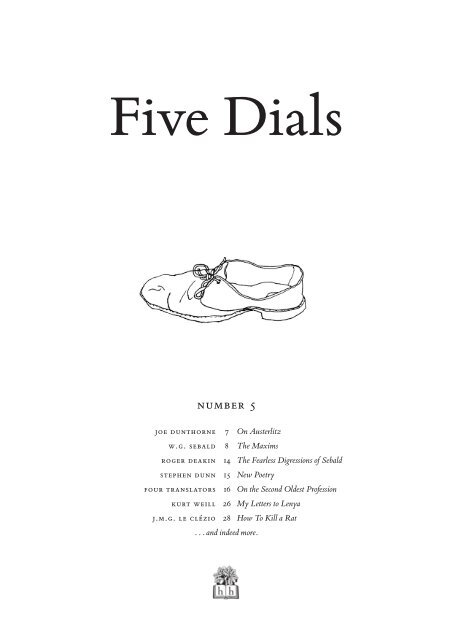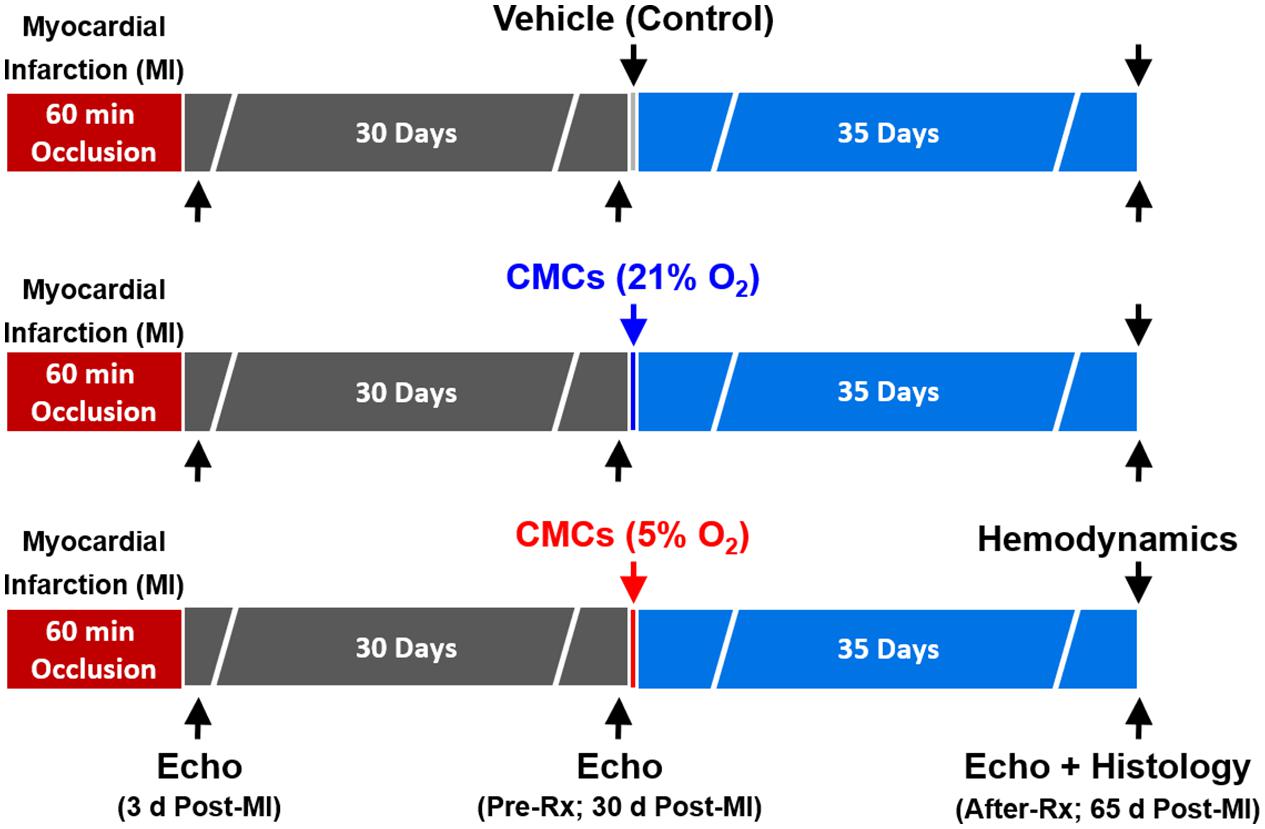

Recent results revealed that mice with homozygous deletion of p21 displayed accelerated proliferations of VSMCs and enhanced neointimal formation following arterial injury 9, 10. In the vascular system, p21 can block SMC proliferation in vitro and decrease restenosis in the rat model of carotid injury 8. Among them, p21 plays critical roles in various biological processes, such as cell cycle control, DNA repair, antiapoptosis, differentiation and tumor suppression 4, 5, 6, 7. Cell proliferation is coupled with cell cycle progression, promoted by cyclins (e.g., cyclin D1, cyclin E and cyclin A) and inhibited by cyclin-dependent kinase inhibitors (CKIs, e.g., p21 and p27) 3.
GENTLE HEARTS TOUR 2004 RAR RAR
Our results reveal a novel mechanism involving a phosphorylation-deacetylation cascade that functions to remove the basal repression complex from the p21 promoter upon RAR agonist treatment, allowing for optimum agonist-induced p21 expression.Ībnormal proliferation of vascular smooth muscle cells (VSMCs) causes intimal thickening of the vessel wall, which is strongly related to the development of atherosclerosis, restenosis and hypertension 1, 2. Interference with HDAC2 phosphorylation by either CK2α knockdown or the use of phosphorylation-deficient mutant of HDAC2 prevents the dissociation of Klf5 from the p21 promoter and impairs RAR agonist-induced p21 activation. Deacetylation of Klf5 facilitates its dissociation from the p21 promoter, relieving its repressive effect on the p21 promoter. Phosphorylation of HDAC2, on the one hand, promotes its dissociation from RARα, thus allowing the liganded-RARα to interact with co-activators on the other hand, it increases its interaction with Klf5, thus leading to deacetylation of Klf5. Upon RARα agonist stimulation, HDAC2 is phosphorylated by CK2α. Here, we show that, under basal conditions, RARα forms a complex with histone deacetylase 2 (HDAC2) and Krüppel-like factor 5 (Klf5) at the p21 promoter to inhibit its expression. Nevertheless, the mechanism of RAR-mediated p21 expression in VSMCs remains poorly understood. Regulation of p21 expression by retinoic acid receptor (RAR) and its ligand has important implications for control of pathological vascular remodeling.

As an important growth arrest gene, p21 plays critical roles in vascular remodeling. Abnormal proliferation of vascular smooth muscle cells (VSMCs) occurs in hypertension, atherosclerosis and restenosis after angioplasty, leading to pathophysiological vascular remodeling.


 0 kommentar(er)
0 kommentar(er)
